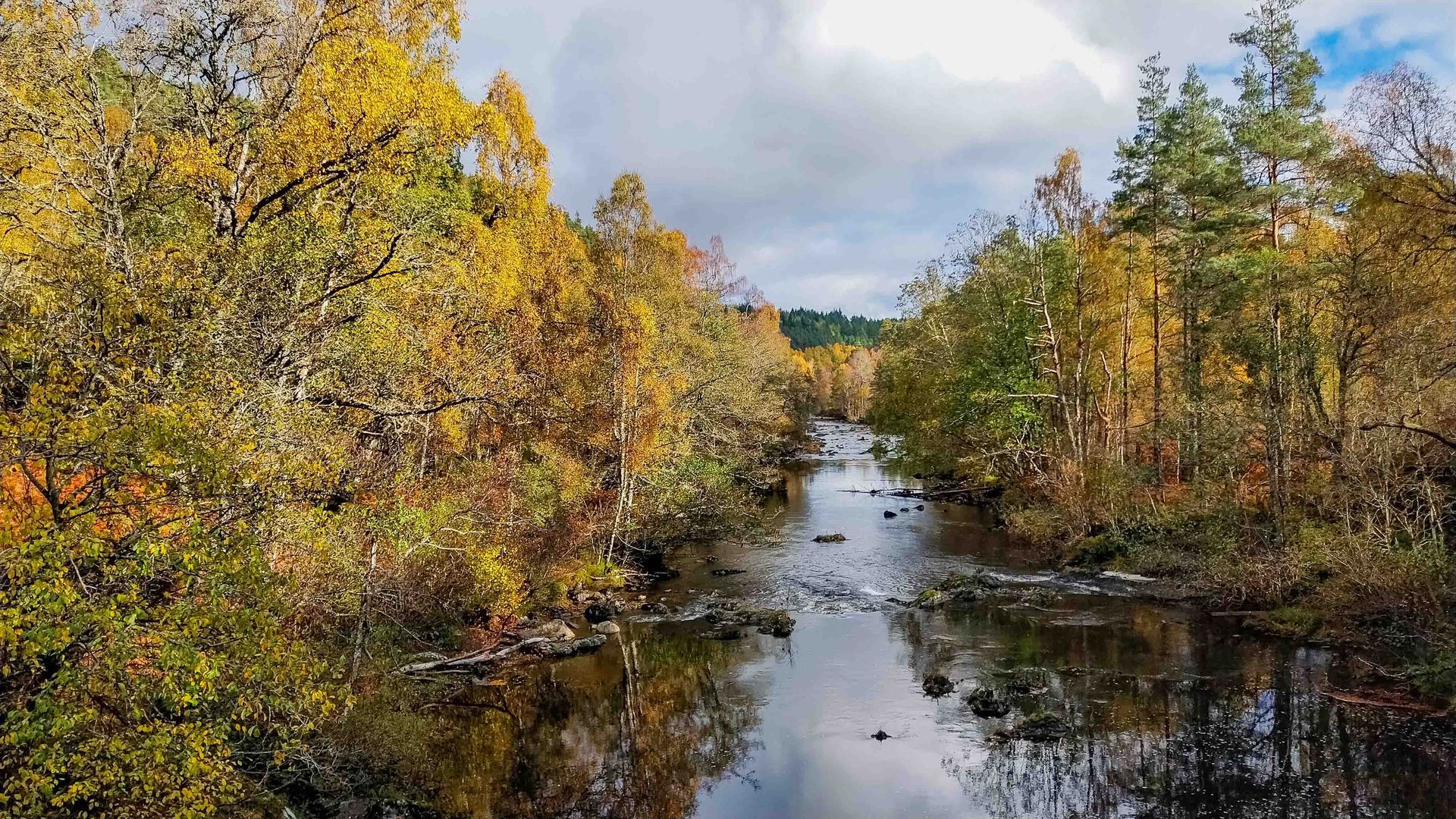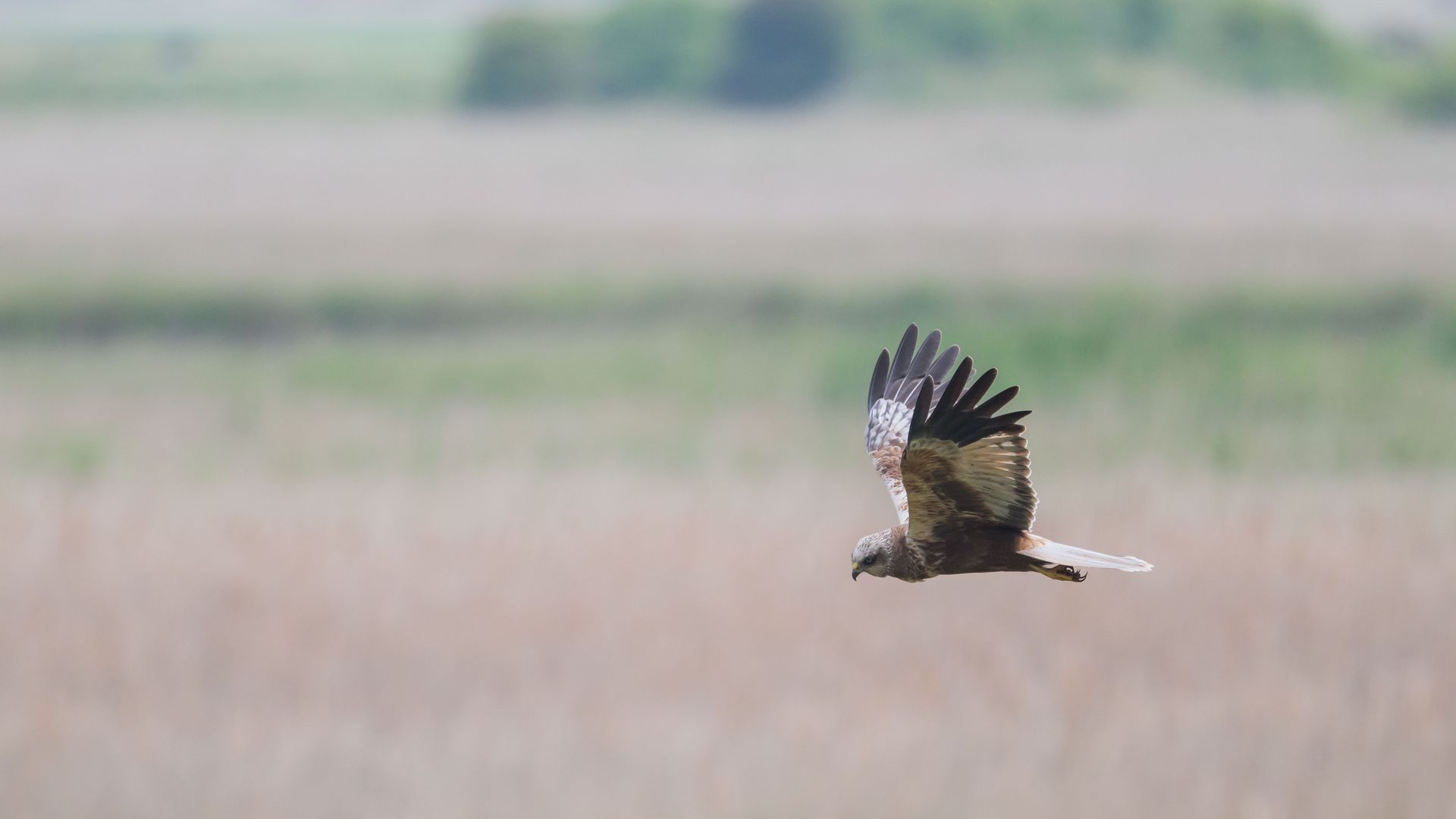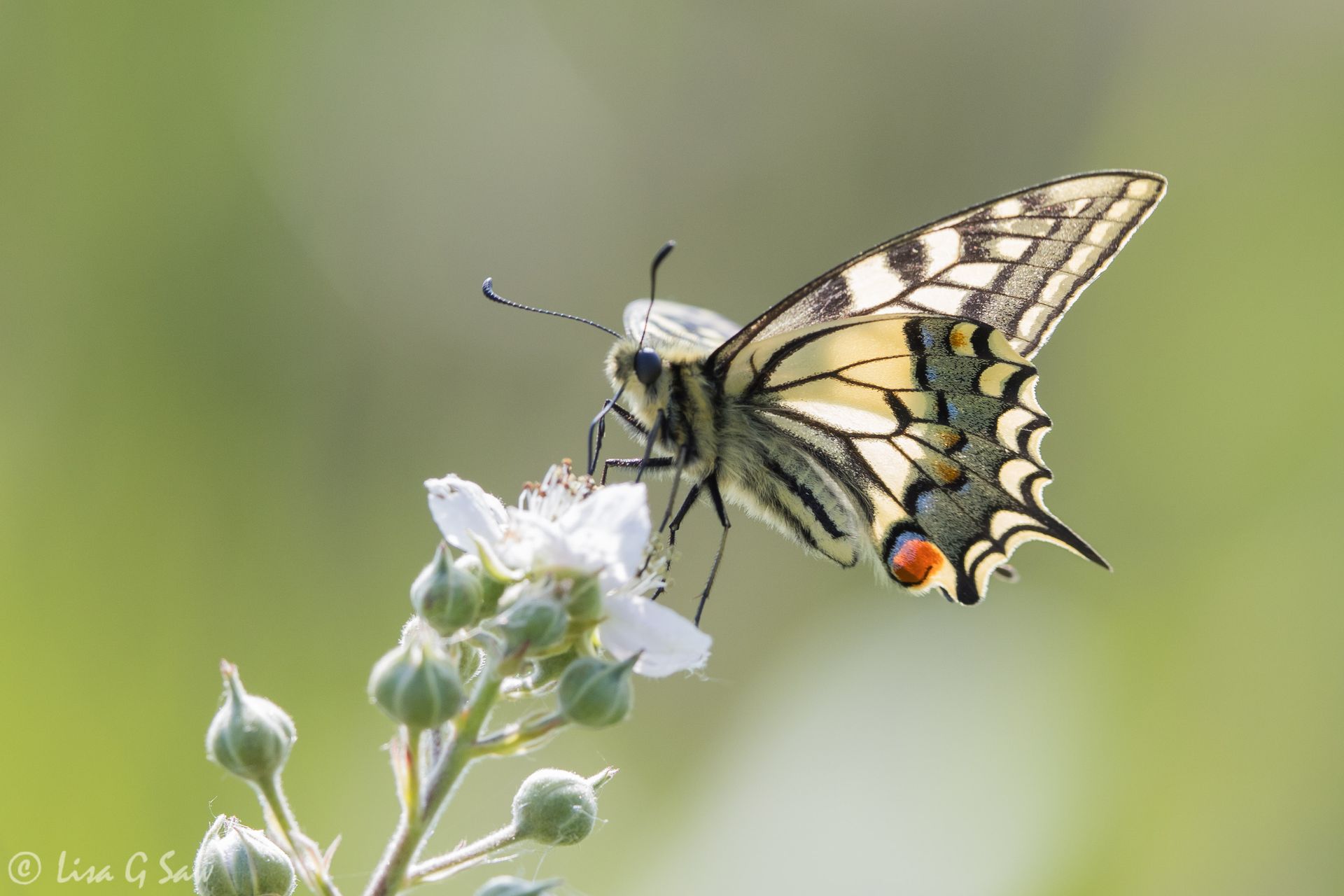After The Rain
Mindfulness is the practice of purposely focusing your attention on the present moment. It’s about being aware, calmly acknowledging and accepting feelings, thoughts, bodily sensations and the surrounding environment. There’s no judgement. The idea is to merely witness your own experience. The reason why so many people do it, is because of the potential health benefits, such as reducing stress and improving overall happiness and wellbeing.
The summer has been such a long dry one. The land is parched. But today, finally, the spell was broken and the heavens opened. I took the opportunity to enjoy a short saunter through a wood in Surrey, after the rain.
A strong earthy smell welcomed me as I ambled through the woods. At times, I noticed a lemony scent in the air. The ground was dark and damp. It’s the same place I’d enjoyed in the spring when the bluebells carpeted the woodland, only this time the dried bells and stems were lying on the ground. New growth made it trickier to see the paths usually present, but the freedom to roam where I wanted was lovely. I recognised the fallen tree trunk that was surrounded by bluebells earlier in the year and where four Speckled Woods had been flitting about. Today, there was no sign of any butterflies. I couldn’t hear any woodland birds either. Just the occasional crow or magpie. It was late in the afternoon. Stillness and the quiet prevailed. The rain clouds from earlier had drifted past and the sun was starting to shine through the trees.
Engaging fully in a mindfulness moment is about using all your senses – or at least as many as you can. There was plenty to see. I’d listened to the sounds around me. I’d smelt the dampness in the air. However, I didn’t try eating anything. A dodgy looking baby apple lying on the ground wasn't very enticing and there were no blackberries in sight. I was aware of the calm that I felt within me and how my body was relaxing. All that was left was for me to touch something. So, I placed my palm flat against one of the hazel trees first and held it there for a few minutes, noticing the smoothness and occasional small notches and bumps on the trunk. A little insect near my hand crawled away. Later, I did it again but this time with one of the big oaks. It was such a contrast. The rough deep ridges of the bark were harsh to touch. But I was reminded that it’s a strong tough hardy tree that can survive for years, decades, centuries and occasionally longer. A true symbol of resilience.
The tall old oaks that towered above the smaller trees seemed to be flourishing still, but many of the smaller hazels were struggling, including new growth only two feet above the ground. The leaves were brown and shrivelled, barely clinging on. It was just a matter of time before they’d join the rest of the leaves already covering the woodland floor. It’s not even autumn! It’s a sign the trees are protecting themselves in such dry conditions.
I didn’t feel sad. Nature is resilient and will bounce back. It’s something we share.



